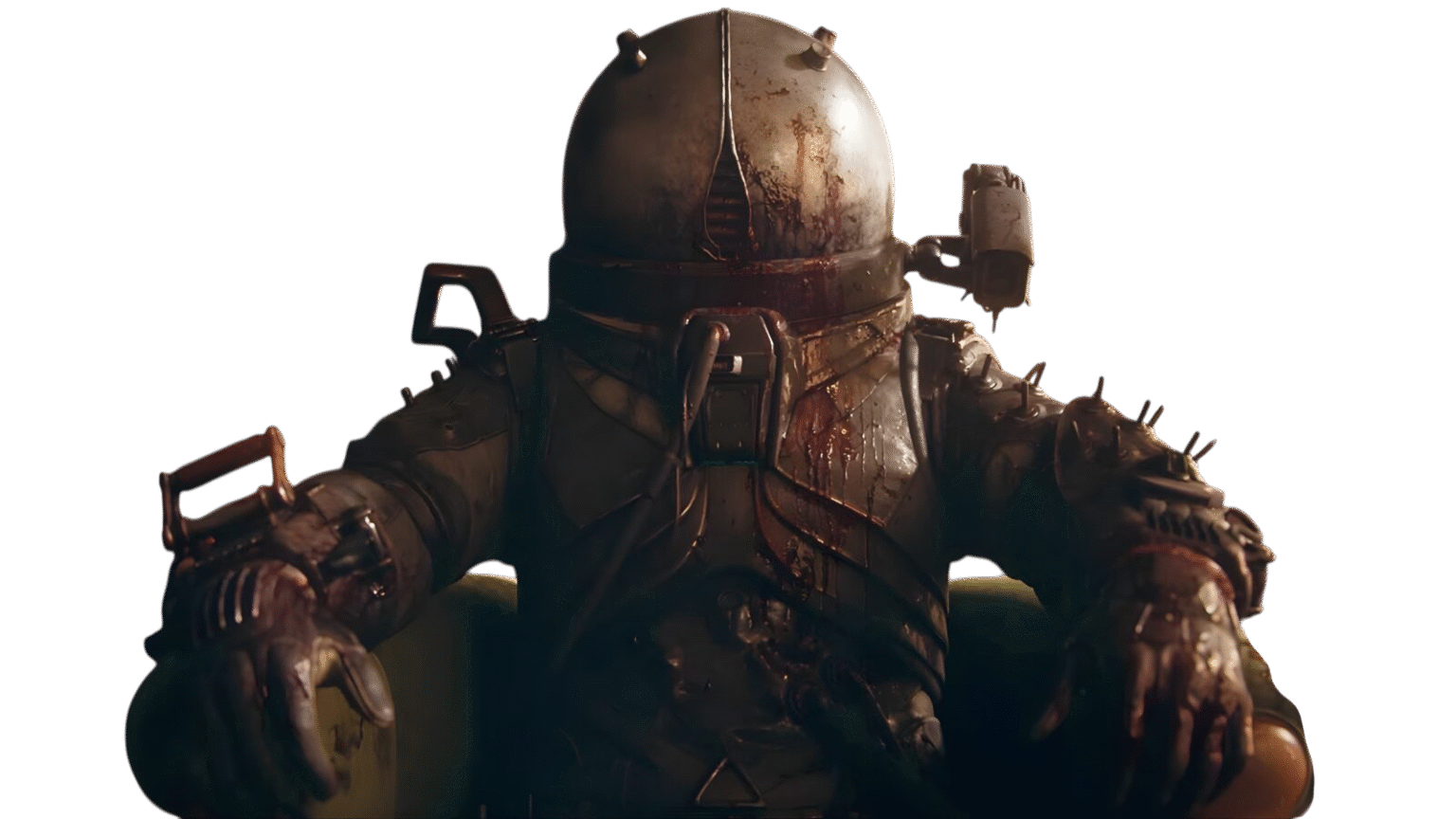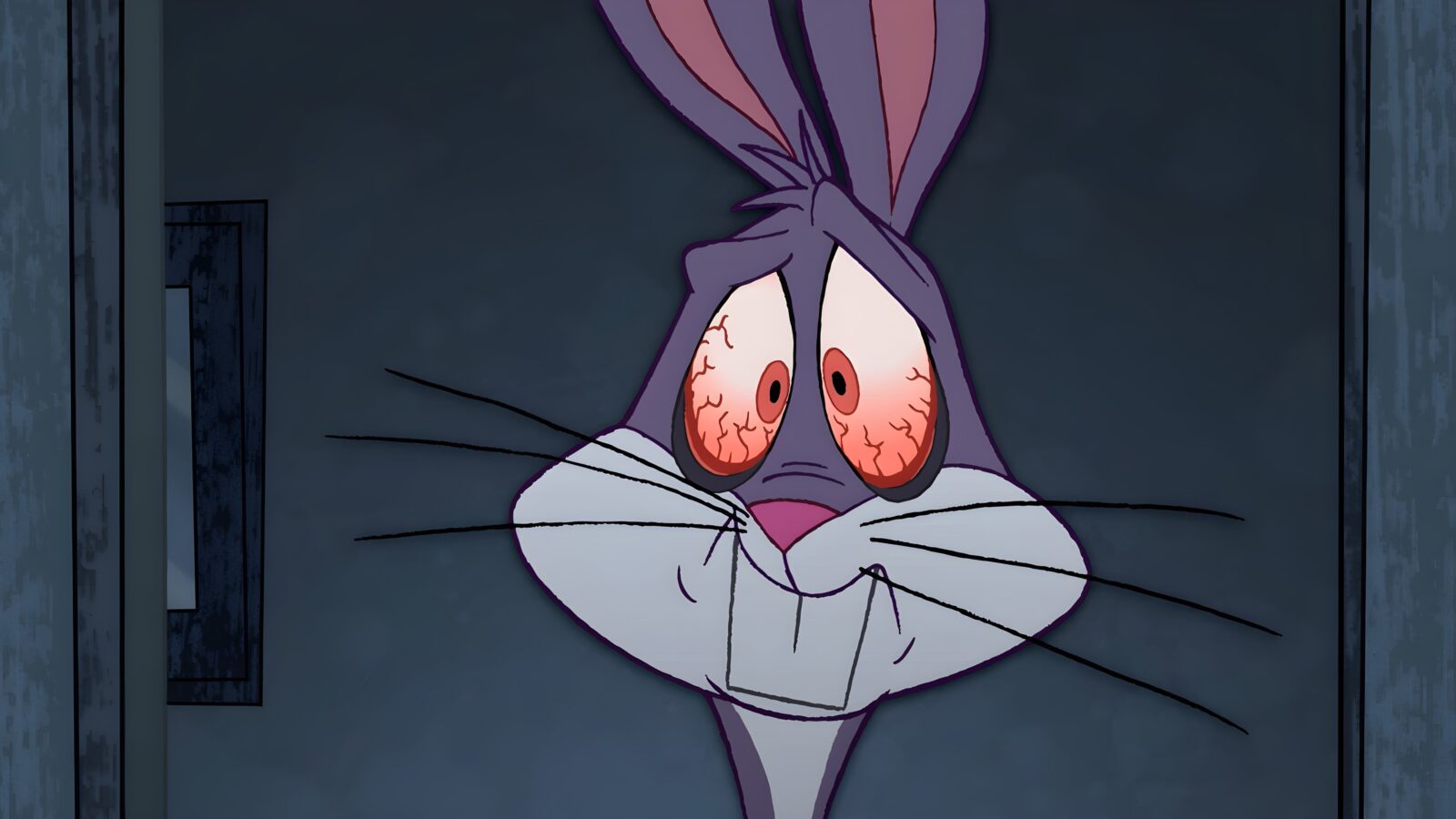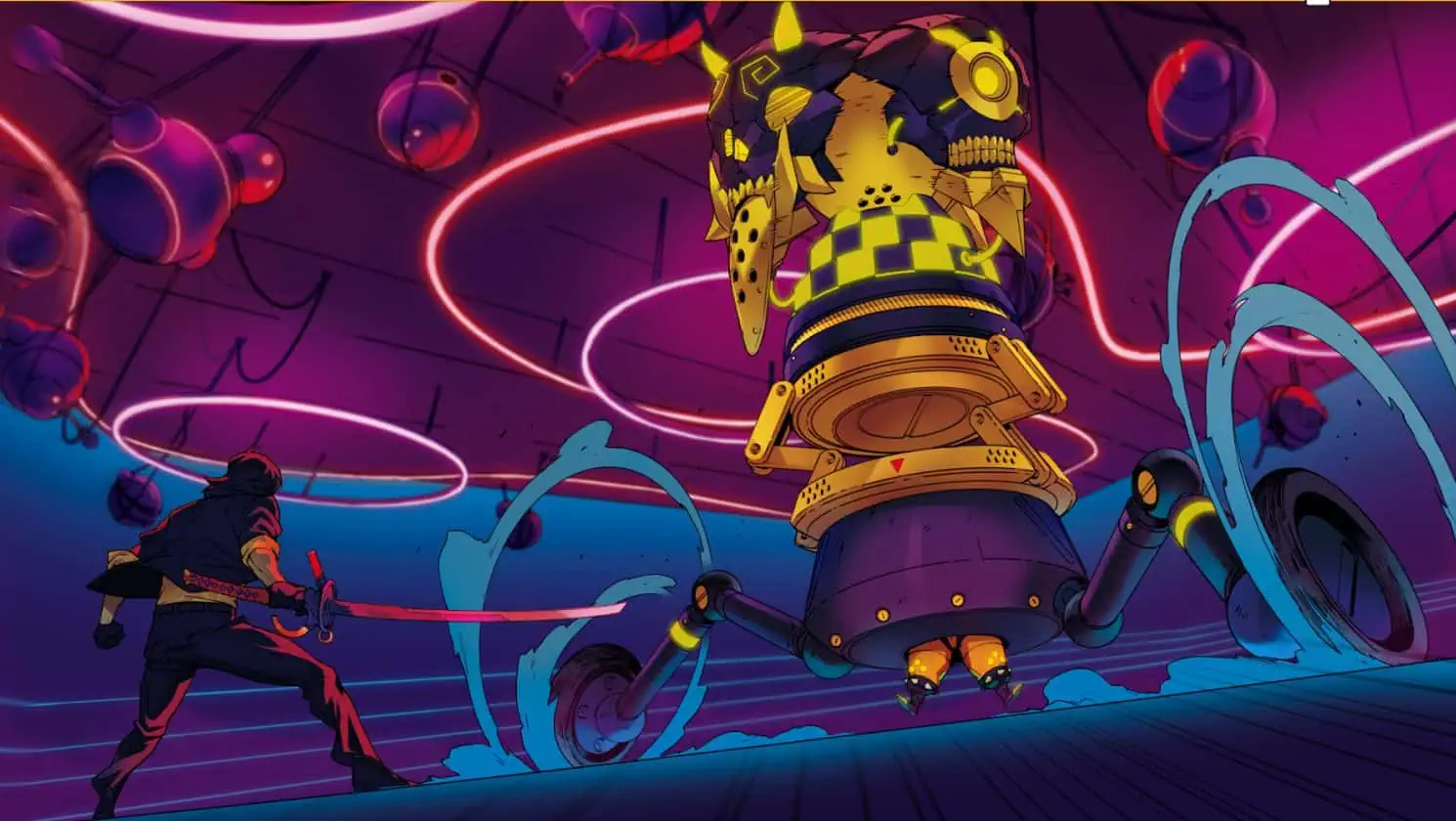TL;DR: Cronos: The New Dawn is a bold, atmospheric, and frustratingly inconsistent survival horror game. Worth playing, but not unforgettable.
Cronos: The New Dawn
Sometimes a game walks into your life like a drunk genius at a party—brilliant, ambitious, charismatic, but constantly spilling its drink on itself. Cronos: The New Dawn is that game. It’s Bloober Team flexing its survival horror muscles harder than ever, stepping away from the safety net of Silent Hill nostalgia and saying, “Look, we can do this ourselves.” And in flashes—beautiful, disgusting, terrifying flashes—they prove they can. The problem is, for every inspired idea, there’s a clunky stumble that yanks you right out of the nightmare and leaves you muttering, “Come on, guys… really?”
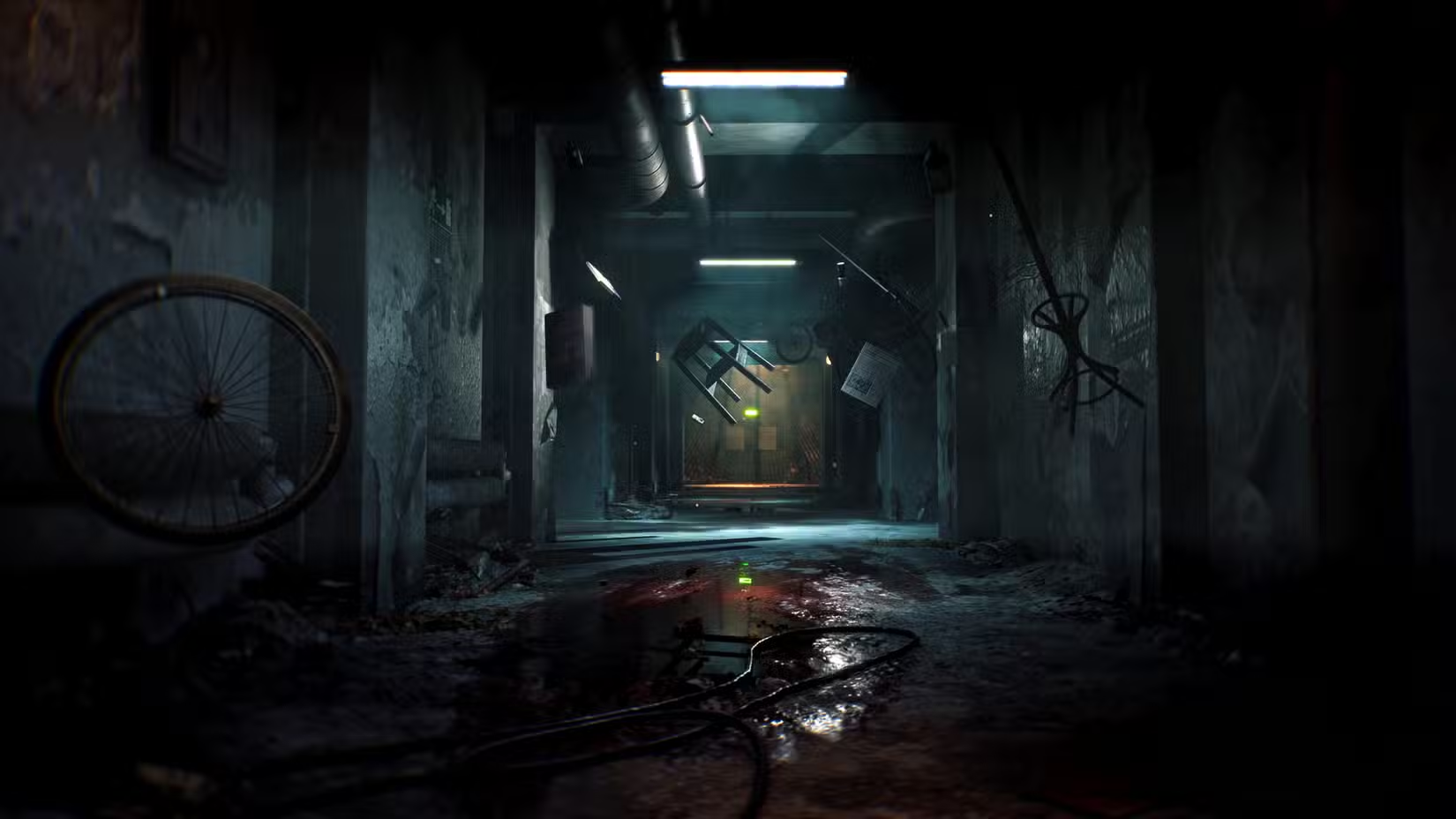
I’ve been following Bloober since their early days, back when Layers of Fear was more walking simulator than horror juggernaut, and it’s been fascinating watching them claw their way toward legitimacy. They’ve always had the vibe of a band that can play every chord perfectly but hasn’t quite figured out how to write the perfect song. Cronos: The New Dawn feels like their boldest original work yet, a grimy, atmospheric trip through Soviet decay that sometimes sings like a horror symphony and sometimes sounds like static.
Being Nobody in a Broken World
You start as the Traveler, a faceless clone birthed from some uncanny, metallic womb. It’s immediately alienating, and that’s the point. You’re not supposed to be a hero—you’re disposable, a cog in some unknowable machine, a stranger in a stranger land. That opening hooked me, because it did what so many horror games forget to do: it stripped me of comfort, identity, and even purpose. All I had was obedience to a mission I didn’t understand.
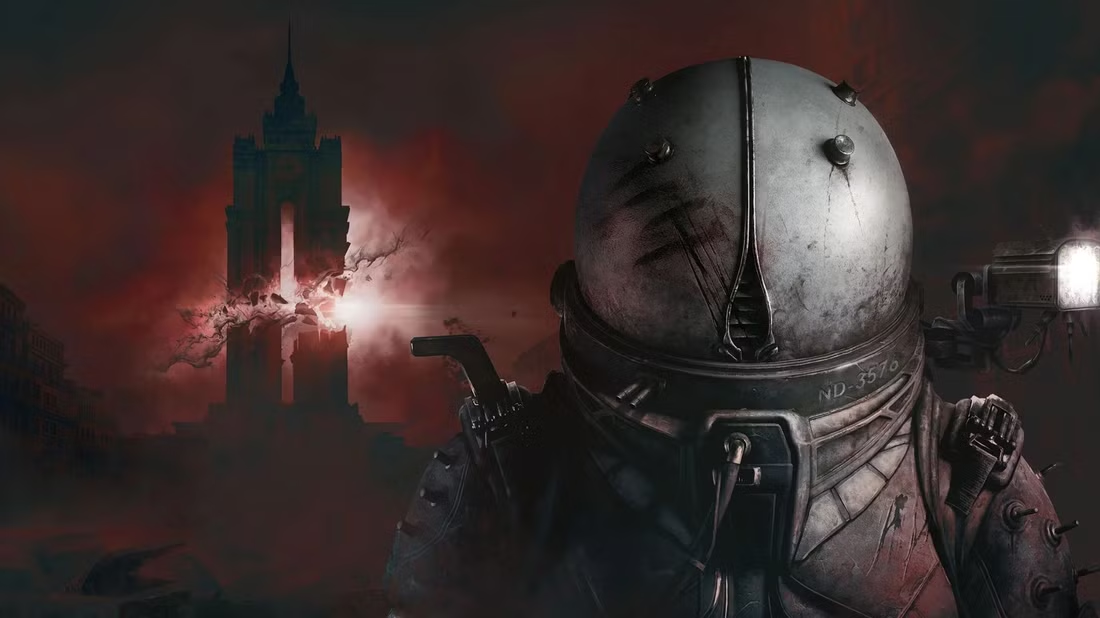
The setting is pure Eastern Bloc apocalypse: 1980s Poland, wrecked by a viral outbreak that turns its citizens into horrors that wouldn’t look out of place in Dead Space. Yes, the creature design is familiar—body horror greatest hits, stitched limbs, slavering maws, twitching torsos—but Bloober nails the atmosphere. Their Poland is suffocating, every apartment block groaning under the weight of forgotten lives, every street lined with meat walls and decay. I hated being there, which means they nailed it.

And yet, amid the rot, there’s a hub with a companion who may or may not be trustworthy… and a room full of cats you can pet. Because horror always needs a little absurdity to remind you you’re still human.
Fear, Philosophy, and Awkward Dialogue
Cronos surprised me with its willingness to get political. Scattered across dossiers and audio logs are critiques of communism—not in the lazy “red scare” way, but in the nuanced voice of a studio from Eastern Europe that lived with the ghosts of those promises and failures. It’s heady, unsettling, and makes the horror more textured. Bloober understands that true terror isn’t just monsters—it’s systems that eat people alive.
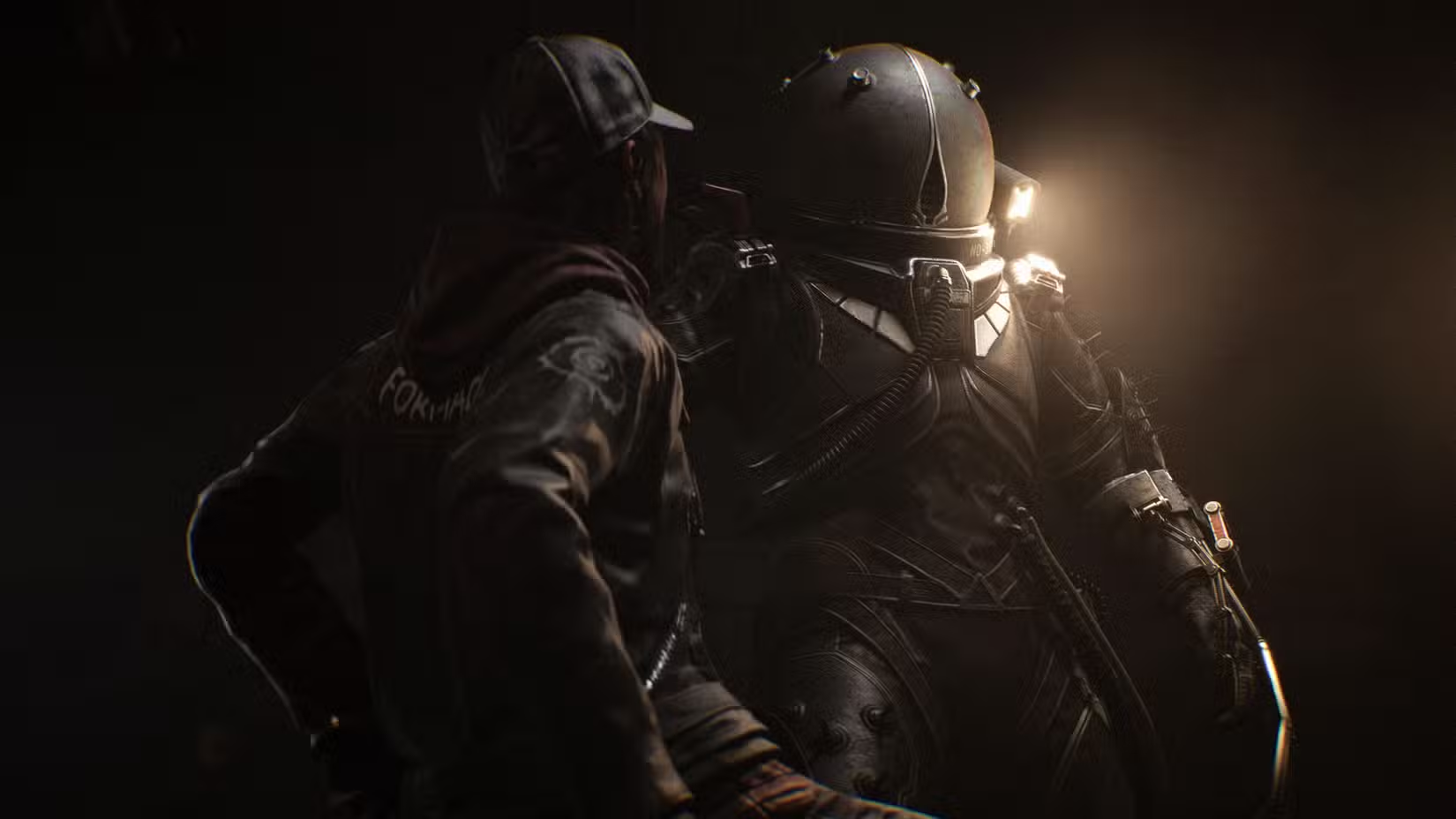
The writing, however, can’t always keep up with its ambitions. Dialogue lands flat. Voice acting veers between serviceable and laughably wooden. I wanted to lose myself in the paranoia and ideology, but too often I found myself wincing at a line that sounded like it came from a bad stage play.
Guns That Roar, Battles That Grind
Now for the messy love letter: combat. Weapons in Cronos are magnificent. They’re conjured from alien constructs, and they roar like thunder. Pulling the trigger on a shotgun felt so weighty I half-expected my controller to slip from my hands. Charged shots are even better: you hold, you wait, you risk death, and then you release destruction. It’s horror gunplay done right.
But the rest of the combat system drags it down. The Traveler is slow, fragile, and has no dodge. None. That’s not tension, that’s punishment. Encounters feel like they were designed in a vacuum, without asking if the player had the tools to actually survive. Enemies stunlock. Arenas choke you in cramped corners. Boss fights, especially early on, are borderline cruel—not in a clever Soulsborne way, but in a “we didn’t balance this properly” way.
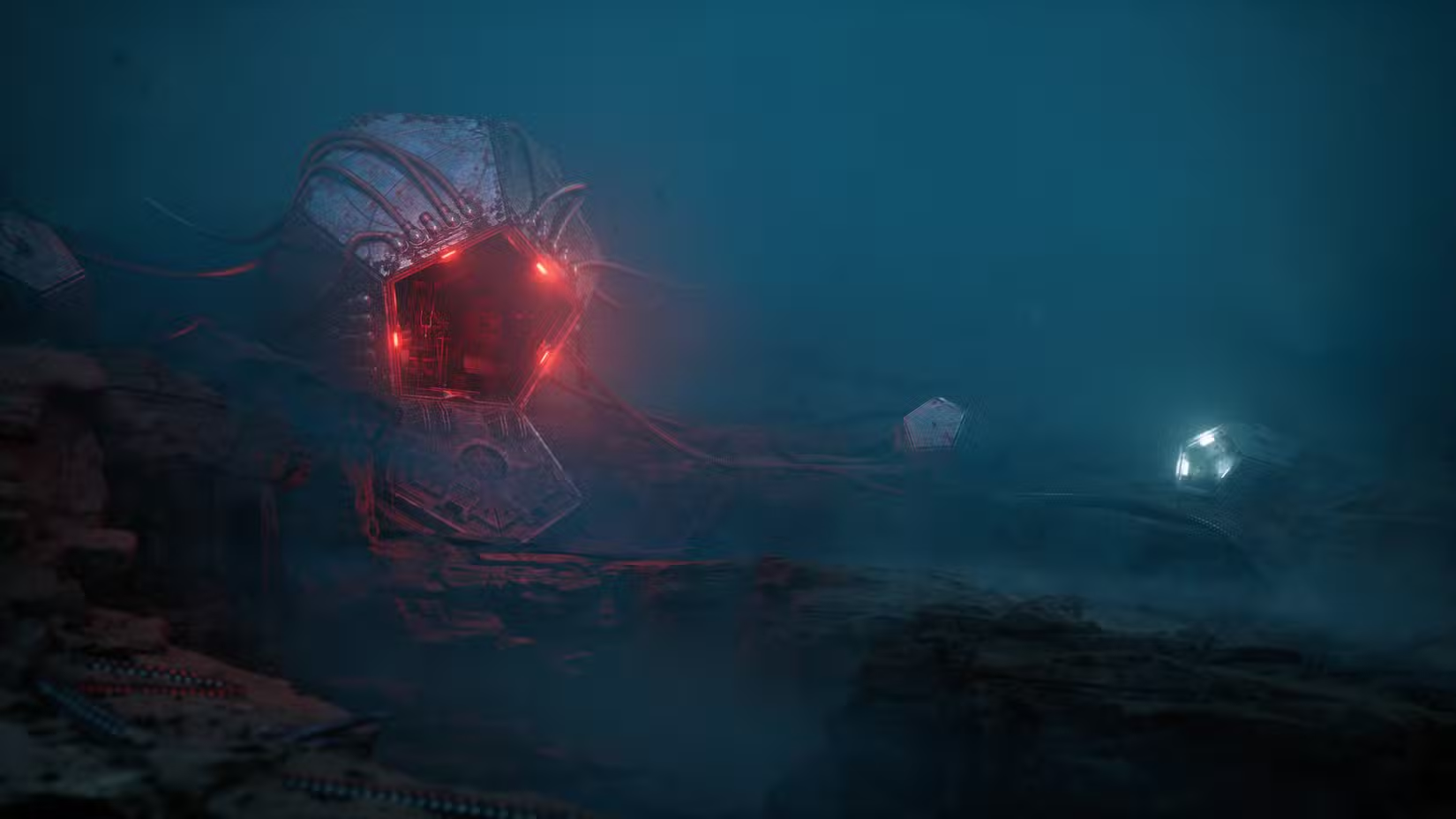
The merging mechanic is another missed opportunity. Enemies can fuse with unburned corpses, growing stronger and nastier. In theory? Terrifying. In practice? I just reloaded checkpoints to avoid dealing with it. When your “big mechanic” inspires players to game the system instead of engage with it, something’s off.
Time Travel Lite
The time travel gimmick is equally undercooked. On paper, the idea of shifting between eras to alter the environment is genius. In execution, it’s basic puzzle fodder—make rubble whole again, respawn an explosive barrel, pull a switch that looks cooler in the past. Other games have toyed with time manipulation and made it groundbreaking; Cronos makes it perfunctory.
The Cracks in the Machine
And then there are the technical issues. During my playthrough, I lost save files, watched levels fail to load, and sat staring at black screens after cutscenes. Maybe patches will fix it, but in the moment, it’s one more reason Cronos never quite reaches the brilliance it aims for.
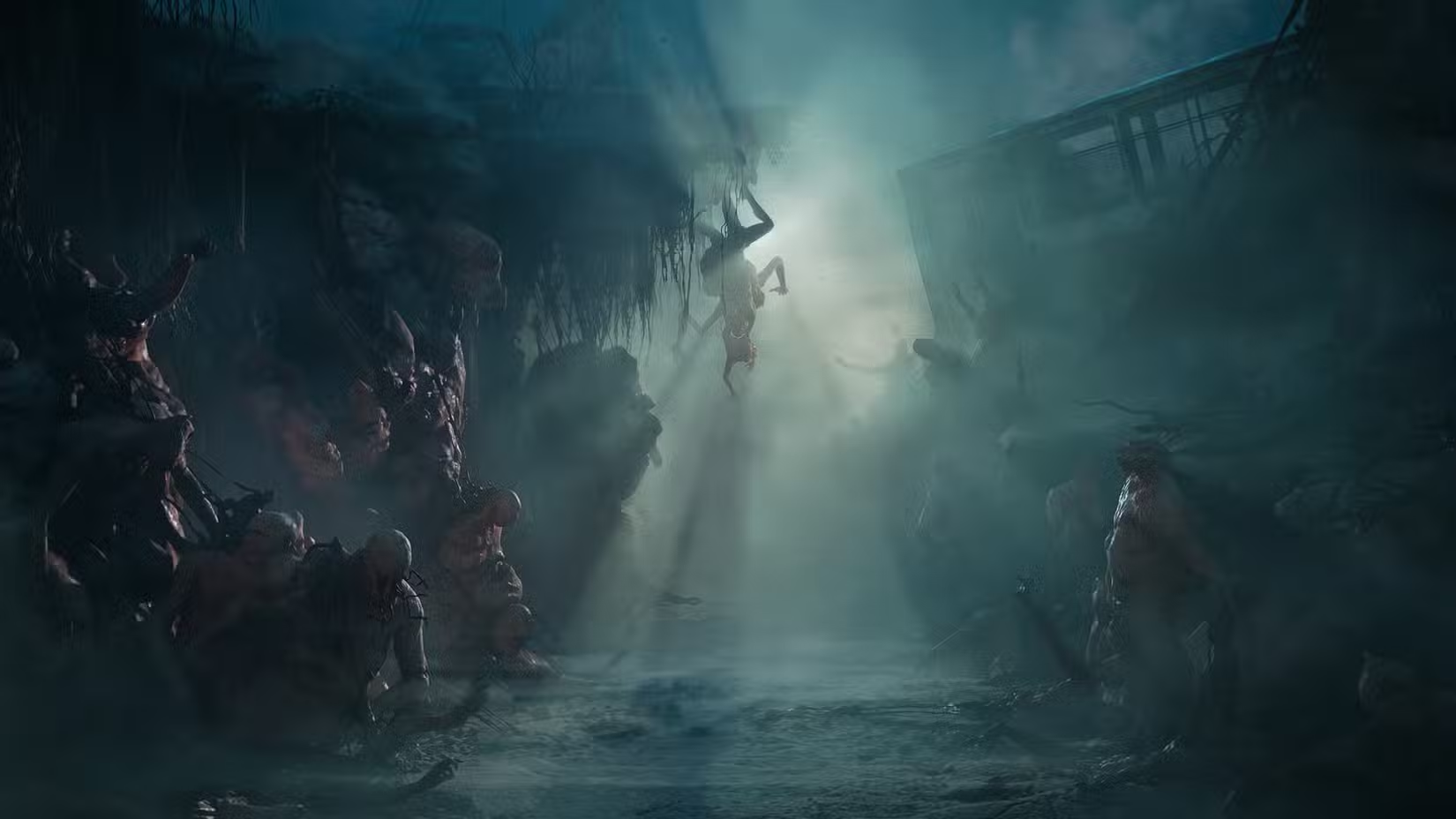
Almost, Almost
Cronos: The New Dawn is the definition of “almost.” Almost a horror classic. Almost a masterpiece. Almost Bloober’s breakthrough. It has the atmosphere, the ambition, the sheer grotesque beauty to stand with Resident Evil and Dead Space. But then the seams split: clumsy mechanics, uneven difficulty, flat writing, technical hiccups. It’s a flawed gem, dazzling in moments, frustrating in others.
For fans of survival horror, it’s still worth enduring the flaws to experience those highs. Because when Cronos works, it’s unforgettable. It just doesn’t work often enough.
Cronos: The New Dawn is ambitious, terrifying, and atmospheric, but undermined by uneven design and clumsy execution. It’s Bloober Team’s best original game yet, but not the survival horror classic it clearly wants to be.

